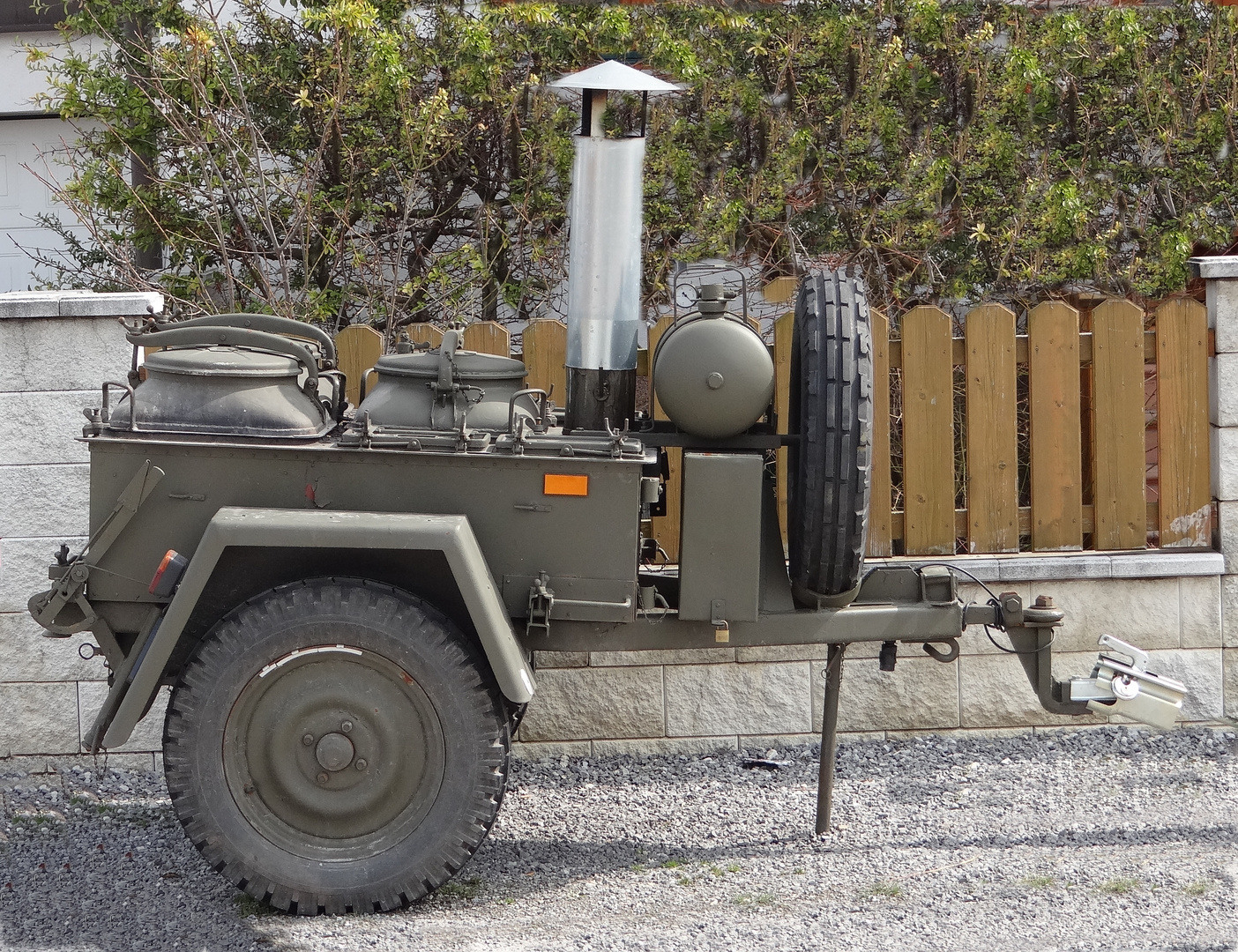Volkswurst Stories
Learn a little more about Germany with Volkswurst!


- October 14 2024
- Volkswurst
German Gulasch: A Comforting Dish with Hungarian Roots
Imagine a hearty German beef stew crashing a Hungarian party and deciding to stay—this is Gulasch, one of Germany’s most beloved comfort foods. Gulasch, which found its way into German cuisine from Hungary, has become just as integral to the country's food culture as pizza or Döner kebab. Its rich flavors, warming spices, and versatility make it a favorite among Germans, especially during the colder months. But where exactly did this cozy, crowd-pleasing dish originate?
The Origins of Gulasch: From Hungary to Germany
Gulasch (or Goulash) is a dish with deep roots in Hungarian culinary history, dating back to nomadic times. Originally, it was a simple soup made by shepherds and herdsmen. The key ingredient that set this dish apart was the addition of paprika, a spice that became popular in Hungary in the 16th century when it was introduced as a more affordable alternative to black pepper. Over time, paprika-laden goulash became a staple of Hungarian cuisine, known for its smoky, mildly spicy flavor.
By the late 19th century, the Hungarian goulash soup recipe made its way to Germany, where it was embraced with open arms. Its hearty nature and robust flavors made it an ideal meal for the German climate. The dish quickly became popular in military kitchens, especially during World War I, where it was served to soldiers as a nutritious, filling meal that could easily be cooked in large quantities.
The "Gulaschkanone": A German Military Icon
Gulasch’s association with the German military gave rise to an iconic piece of culinary equipment: the Gulaschkanone, or Goulash cannon. The Gulaschkanone is not an actual cannon, but rather a mobile stove used to cook large batches of stew or soup, including Gulasch, for soldiers on the front lines. Invented during the First World War, this field kitchen was pulled by horses to the battlefield, allowing for hot meals to be served wherever they were needed.
The term "Gulaschkanone" is a combination of the German words for goulash (Gulasch) and cannon (Kanone), a nod to the stove’s resemblance to a piece of artillery. It was a game-changer for military field kitchens, providing warm and nourishing meals to soldiers in harsh conditions.
Even after the war, the Gulaschkanone remained part of German culture. To this day, these mobile kitchens can be found at markets and festivals, serving up large batches of Gulasch to hungry crowds. It’s not uncommon to see a Gulaschkanone at a Christmas market, ladling out steaming bowls of this flavorful stew to keep revelers warm as they browse the stalls.
German Gulasch: A Dish for All Seasons
While Gulasch is particularly beloved in the winter months, its versatility makes it a year-round favorite in Germany. This hearty beef stew is simple to make, yet packed with flavor. At its core, Gulasch consists of beef, onions, paprika, and a slow-cooked tomato-based broth. However, there are countless variations depending on the region and cook. Some versions include potatoes or carrots, while others may feature pork or even game meats like venison.
Despite its Hungarian origins, German Gulasch has developed its own identity over time. In Germany, Gulasch is often thicker than its Hungarian counterpart, resembling more of a stew than a soup. It's usually served with dumplings, spätzle (a type of egg noodle), or boiled potatoes, making it a hearty, satisfying meal perfect for feeding a crowd.
You’ll often find Gulasch served at winter markets and festivals, where it warms both body and soul. It’s also a favorite for midnight snacks at weddings and large gatherings, when the party is winding down and guests need a little extra energy to see them through the night.
The Continued Popularity of Gulasch in Germany
In modern Germany, Gulasch has transcended its military origins and become a beloved staple in homes and restaurants alike. It's not just reserved for special occasions—Gulasch is an everyday dish that’s as easy to make as it is to enjoy. Whether you're serving a crowd or making a comforting meal for yourself, Gulasch never fails to deliver on taste and satisfaction.
What’s more, Gulasch's popularity has made it a common sight at food trucks, street vendors, and casual eateries. In recent years, some chefs have even put a modern twist on this classic dish, adding new spices or ingredients to appeal to contemporary tastes. But whether it's a traditional recipe or a modern adaptation, Gulasch remains a favorite among German comfort foods.
So, next time you're in Germany, don't be surprised to find Gulasch on the menu, whether it's being served at a winter market from a Gulaschkanone or as a surprise midnight snack at a wedding. And if you haven’t tried it yet, be sure to ask for Gulasch—a dish that’s more than just food; it's a flavorful piece of history.
Leave your thought here
Your email address will not be published. Required fields are marked *